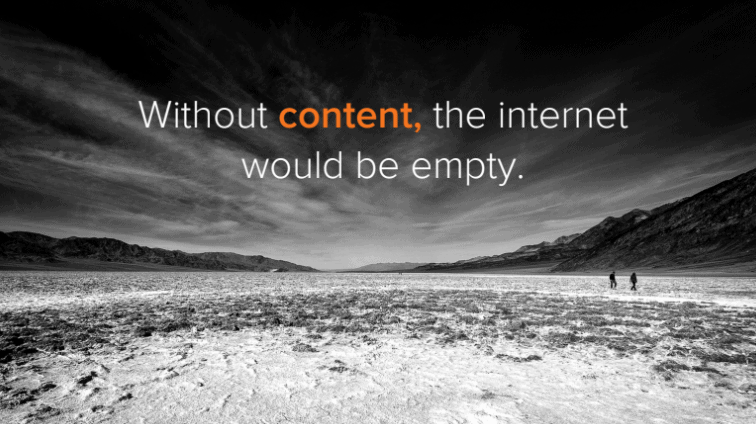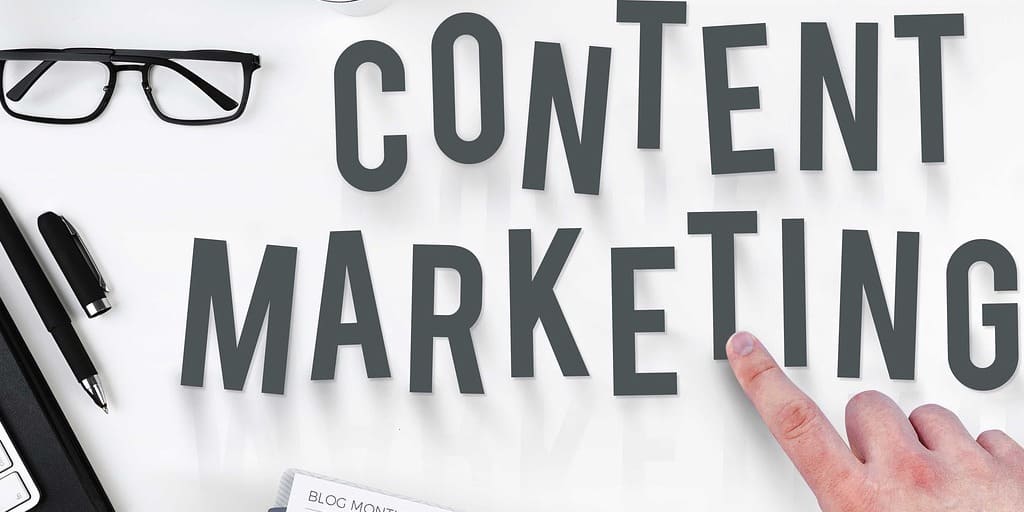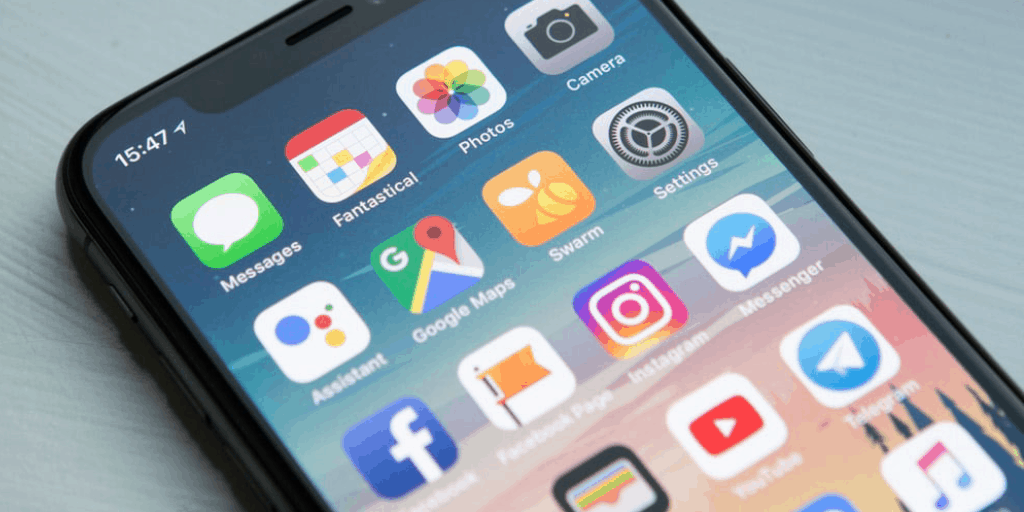3 Elements to Keep in Mind When Creating Content for the Website of your client
The contents for the website of a specific company must reflect and satisfy the “will” of consumers, optimizing the quality, ranging on the themes and topics treated and created ad hoc for users.
The success of good communication for a website is to provide quality content that can be delivered on various channels to certain recipients.
To properly inform users, it is essential to work on the development of content and how it must be created to be relevant to the subject matter and ready to meet the needs of consumers without being intrusive.
The contents for the website are useful and are focused on answering user questions and instead of interrupting the consumer’s attention, even when the user does not want to, Inbound Marketing serves precisely to try to be present in the right place at the right time with the right message, thus reinforcing the user’s need to contact the company for more information.
But what exactly does Inbound Marketing consist of?
Inbound Marketing is marketing focused on being searched for by users, and not the other way around as was the case with traditional marketing.
More and more people are searching the web for more information before deciding to buy a product.
Providing commercial and non-commercial content for a website with the Inbound Marketing technique helps to provide more relevant content.
Here are 3 things to keep in mind when creating content for your website
#1 Create a planning
Before creating content for a website, it is generally right to plan how, when and to whom it should be transmitted. Planning a content means structuring it so that it is relevant to the topic being discussed, that it reaches the right recipient and especially must respect the moments of the buyer’s journey.
Content needs context to be developed.
#2 Create content
The contents must be aimed at a specific buyer persona, therefore, not only is it essential to follow the stages of the buyer’s journey, but it is necessary to create ad hoc content gradually, creating educational and non-promotional quality content.
#3 Optimize the visual elements
Graphics are a key part of properly optimizing content.
The contents of a website containing images generate an interaction rate of 87%.
Graphics, including, videos, and even GIFs can greatly influence audiences to share content and make certain content easily digestible or accessible.

One important thing to remember is that it’s all about testing things out and seeing what works well.
Each sector is different! Knowing what to write in content helps create more effective content along the way.
Instead of creating ads that “interrupt” the consumer’s attention and that are offered to him on any occasion even when the user does not want to, inbound marketing serves precisely to try to be present in the right place at the right time with the right message.
READ MORE
-
 Content creation? How to be first on Google with SEO- 08/09/19
Content creation? How to be first on Google with SEO- 08/09/19 -
 How to write content for the website- 04/11/19
How to write content for the website- 04/11/19 -
 Website optimized for mobile, it is the solution that will help increase sales- 04/11/19
Website optimized for mobile, it is the solution that will help increase sales- 04/11/19 -
 Why is it useful to have a mobile app?- 04/11/19
Why is it useful to have a mobile app?- 04/11/19 -
 The content must be optimized for mobile. Let’s find out how!- 04/11/19
The content must be optimized for mobile. Let’s find out how!- 04/11/19 -
 Do you want to know what the ideal structure of a website is?- 04/11/19
Do you want to know what the ideal structure of a website is?- 04/11/19 -
 Website and mobile app: the winning combination- 04/11/19
Website and mobile app: the winning combination- 04/11/19 -
 Increasing the visibility of a website is possible by opening a blog- 04/11/19
Increasing the visibility of a website is possible by opening a blog- 04/11/19 -
 How to write content for website promotion on Google Ads- 04/11/19
How to write content for website promotion on Google Ads- 04/11/19 -
 Why is content on a website so important?- 26/11/19
Why is content on a website so important?- 26/11/19 -
 How to improve website performance- 28/11/19
How to improve website performance- 28/11/19 -
 Improve the indexing of the website with the blog- 03/12/19
Improve the indexing of the website with the blog- 03/12/19 -
 All the ways to increase website visitors- 05/12/19
All the ways to increase website visitors- 05/12/19 -
 Structure and form: optimization of the mobile website- 10/12/19
Structure and form: optimization of the mobile website- 10/12/19 -
 How important can an optimized mobile app be for your company?- 17/12/19
How important can an optimized mobile app be for your company?- 17/12/19 -
 Not just a website: the mobile app can be one of the tools to increase the visibility of your company- 24/12/19
Not just a website: the mobile app can be one of the tools to increase the visibility of your company- 24/12/19 -
 Perfect website- 15/04/22
Perfect website- 15/04/22 -
 How to get the user’s attention through content- 26/04/22
How to get the user’s attention through content- 26/04/22 -
 The basic rules for writing content- 26/04/22
The basic rules for writing content- 26/04/22 -
 Sponsor your site: how the content posted can help you- 26/04/22
Sponsor your site: how the content posted can help you- 26/04/22 -
 How to create an effective editorial plan to increase visits- 26/04/22
How to create an effective editorial plan to increase visits- 26/04/22 -
 Mobile vs Desktop how content changes- 25/04/22
Mobile vs Desktop how content changes- 25/04/22 -
 How does site speed affect indexing?- 25/04/22
How does site speed affect indexing?- 25/04/22 -
 The 2 principles that make desktop browsing easier- 24/04/22
The 2 principles that make desktop browsing easier- 24/04/22 -
 Smart Working, funding opportunities- 20/04/22
Smart Working, funding opportunities- 20/04/22 -
 Promote your mobile app: here are the useful tools- 15/04/22
Promote your mobile app: here are the useful tools- 15/04/22 -
 Telemaco case history mobile app- 15/04/22
Telemaco case history mobile app- 15/04/22 -
 Content and SEO to be successful with your website- 14/04/22
Content and SEO to be successful with your website- 14/04/22 -
 How content marketing for service companies can be helpful- 14/04/22
How content marketing for service companies can be helpful- 14/04/22 -
 Content creation for mobile! The rules to follow.- 08/04/22
Content creation for mobile! The rules to follow.- 08/04/22
Latest contributions
Services
-
 Mobile ApplicationsDeveloping quality mobile applications isn't easy at all. Find out how to take this opportunity.
Mobile ApplicationsDeveloping quality mobile applications isn't easy at all. Find out how to take this opportunity. -
 Websites developmentThe websites development service allows you to get the development of high quality websites and cloud applications. Find out more...
Websites developmentThe websites development service allows you to get the development of high quality websites and cloud applications. Find out more... -
 Marketing and CommunicationDiscover the professional Marketing and Communication services: Social Media Marketing, Google Ads and Search Engine Optimization (SEO).
Marketing and CommunicationDiscover the professional Marketing and Communication services: Social Media Marketing, Google Ads and Search Engine Optimization (SEO). -
 Content Marketing & Content CreationContent Marketing, with the creation of specific content, is fundamental in maximizing the quality of the User Experience and SEO.
Content Marketing & Content CreationContent Marketing, with the creation of specific content, is fundamental in maximizing the quality of the User Experience and SEO. -
 Technological PlatformsTechnological Platforms for Domain Management, DNS, Email, Hosting and Database Management
Technological PlatformsTechnological Platforms for Domain Management, DNS, Email, Hosting and Database Management -
 European Calls for Digital TransformationThe European calls for digital transformation represent important opportunities for companies in the digital sector.
European Calls for Digital TransformationThe European calls for digital transformation represent important opportunities for companies in the digital sector.









